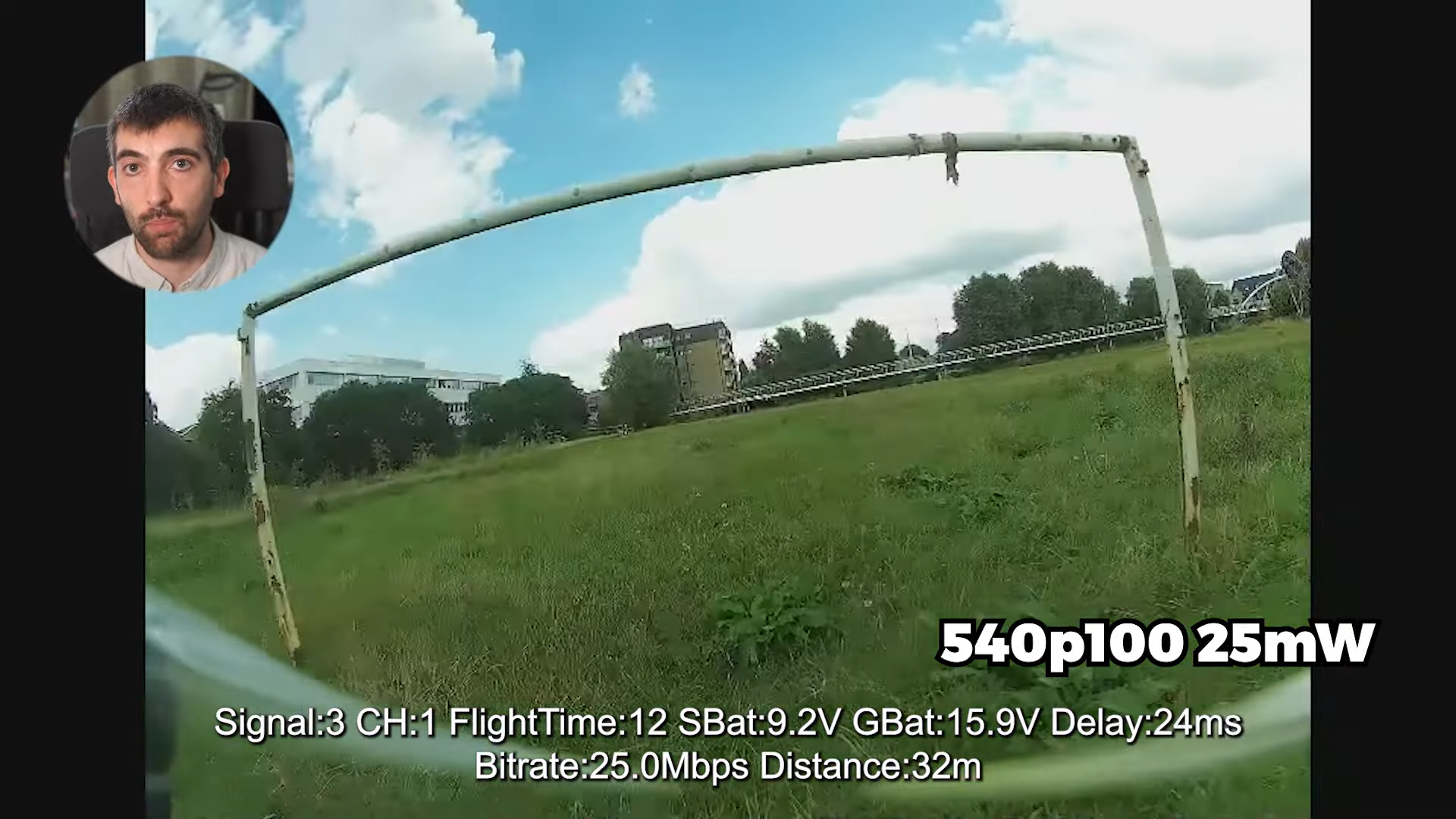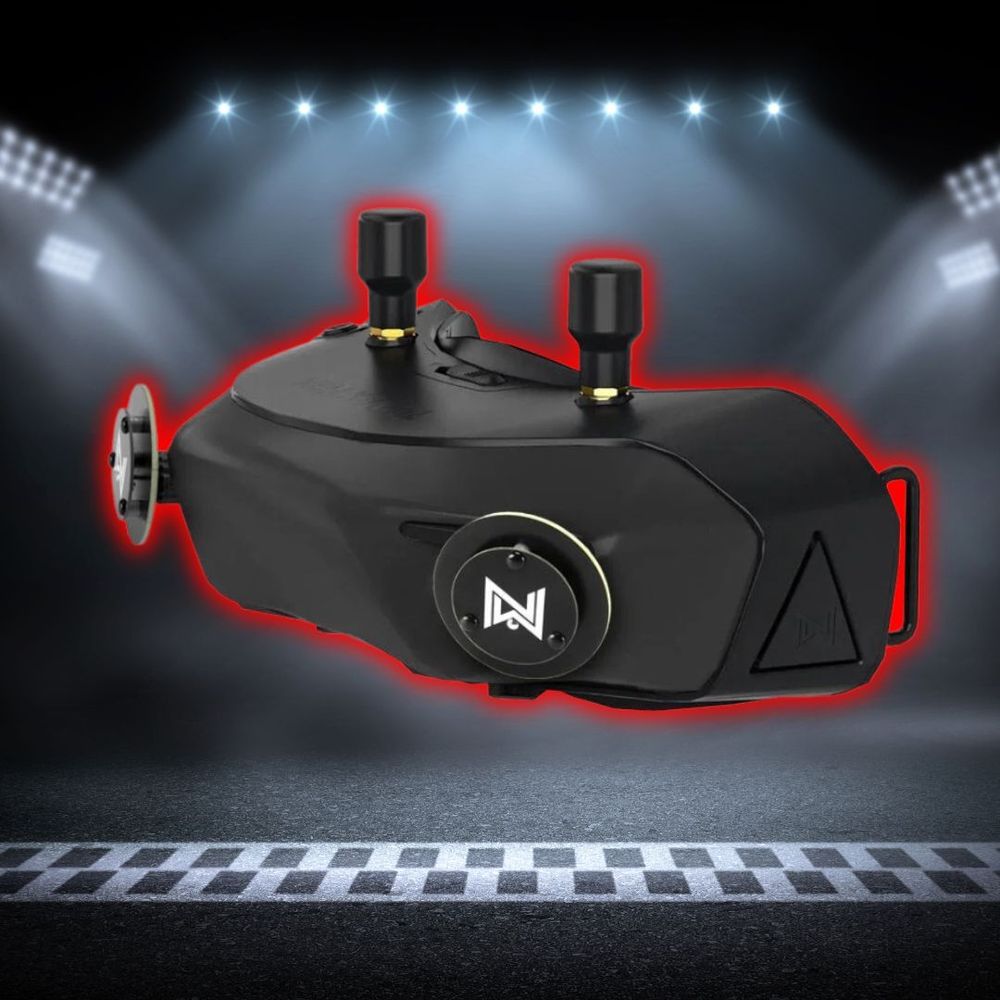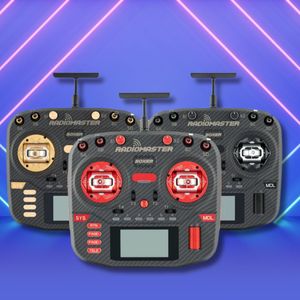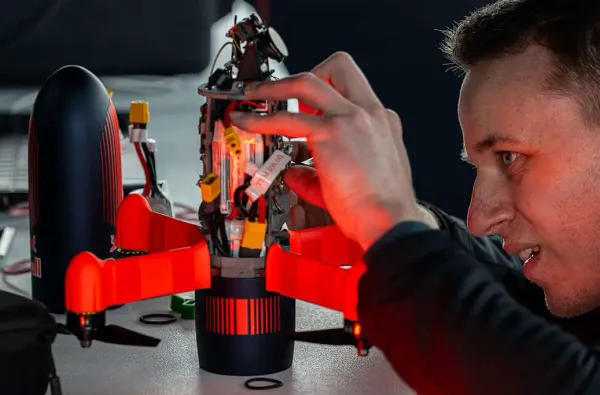Introduction
Chris Rosser recently dropped am in depth review on the all-new feature from Walksnail - the Race Mode. This mode's the answer to the prayers of every FPV racing aficionado, promising enhanced image quality and latency ideal for FPV racing. So, is this Walksnail's ace in the hole against the competition? Let's find out.
The Good:
- Dedicated Race Mode for FPV Racing: Walksnail's bringing to the table what DJI didn't (or chose not to) - a mode explicitly tailored for their HD system for FPV racing.
- Channel Precision: Once you activate the race mode, the channels are labeled from R1 to R8, the same frequencies used by analog video on the raceband channels.
- Optimized Bandwidth: The system locks you into the 25 megabit mode, ensuring you're not hogging more bandwidth than an analog pilot, aligning with a 20-megahertz channel bandwidth.
- Latency Consistency: By shifting the resolution from 720p to 540p, the system aims to offer consistent latency. Chris’ latency testing even showed a pretty impressive response time, making it very competitive compared to other models in the market.


The Bad:
- Resolution Trade-off: While changing the frequency and bandwidth for race mode made sense, the dip from 720p to 540p might be a tough pill to swallow for some. This reduction is designed to improve latency consistency, but some might miss the crispness of a higher resolution.
- Not the Fastest Kid on the Block: As Chris pointed out, while it's competitive, it's still not the fastest in the race, especially when you put it up against HD Zero or analog FPV.

Who should buy it:
If you're a versatile drone enthusiast who loves a good race now and then but doesn't want to keep swapping between systems for different tasks, this could be your perfect pick. It's also a relatively more affordable option than some of its competitors like O3. Especially with the promise of being usable across multiple drone types, Walksnail might just be setting itself up as a frontrunner in the value-for-money race.
Extra Notes:
Direction of Walksnail: The unveiling of this race mode reveals a lot about Walksnail’s future trajectory. It hints at an aspiration to make a digital FPV system that excels in various capacities, from micros to five-inch freestyles, and now racing.
Chris, has a brilliant suggestion for Walksnail. How about a flight controller equipped with an ELRS receiver and a Walksnail Avatar VTX? A single-board solution perfect for Tiny Whoops, allowing for both race mode and onboard recording. Now that would be a game-changer!


Overall, this seems like an exciting time for Walksnail and the Avatar system, and we're all on the edge of our seats to see what they roll out next. A big shoutout to Chris Rosser for the comprehensive review. Safe flying, everyone!
If you've found this article enlightening, we invite you to dive deeper into the world of FPV through our regular newsletter. From detailed reviews, like this one, to industry news, insider tips, and innovative tech spotlights, we keep you up to speed with the ever-evolving FPV hobby.
Stay curious, stay informed, and as always, happy flying!







